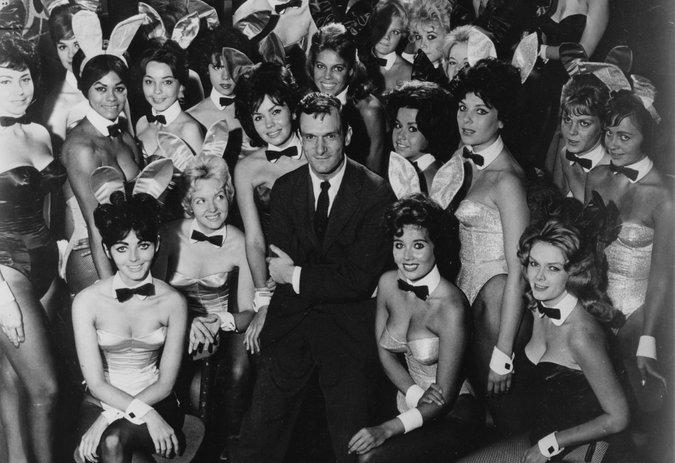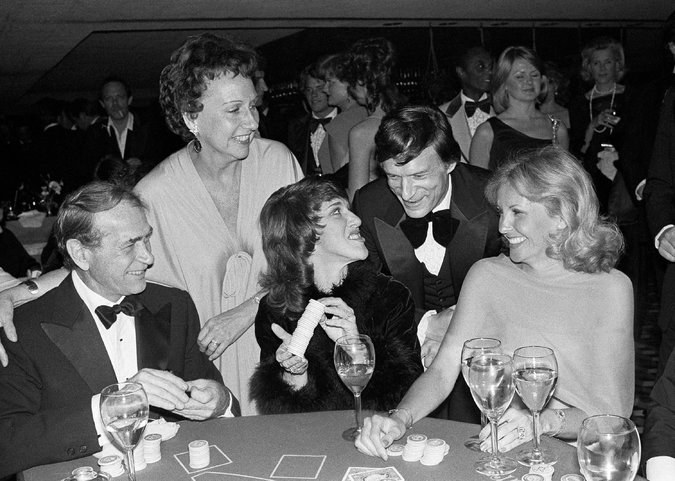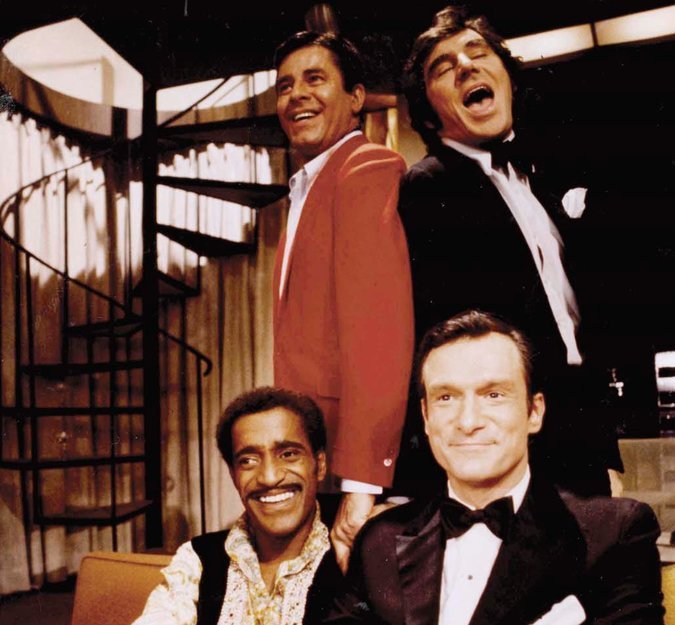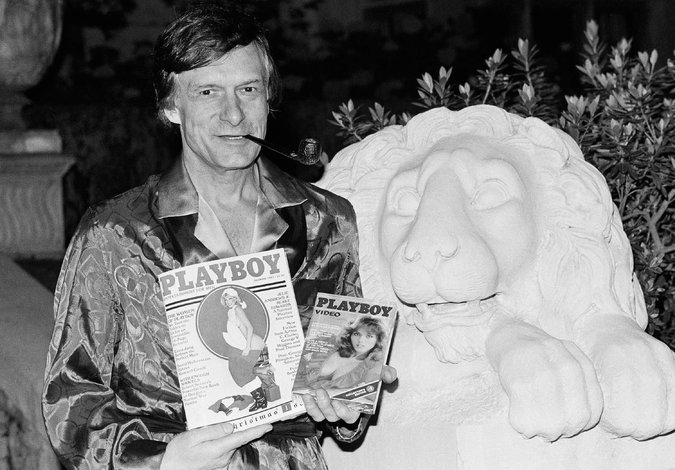
A little more than five years ago, Savannah Guthrie became a host of the “Today” show on NBC. Since then, she has married, given birth twice, and most recently, co-written her first children’s book, “Princesses Wear Pants,” with Allison Oppenheim. During the week, Ms. Guthrie, 45, puts in nine-to-16-hour days on set. Having recently covered Hurricanes Harvey, Irma and Maria, when she gets a free Sunday, she relishes it, spending time with her husband, Michael Feldman, 48, a consultant, their daughter, Vale, 3, and their son, Charley, 9 months. The family lives in TriBeCa.
BEFORE SUNRISE I love to sleep in, but since I normally wake up between 3 and 4 a.m. for Today, my idea of sleeping in is 6 a.m, maybe 6:30. It depends whenever the kids wake me up. Sleep is a real luxury for me- I’m not one of those people who can get by with minimal rest. I make a beeline for the coffee machine. Michael got me this fancy machine by Jura a few years ago, and it grinds the beans for each cup individually.

FEEDINGS As I’m sipping my coffee, I’m juggling the kids. I do diaper changes, give Charley a bottle and give Vale her breakfast. Actually, she has multiple breakfasts because she is ravenous in the mornings. She usually starts with cereal and milk and then moves on to toast and then maybe a yogurt.
HEARTY START Michael makes breakfast for the two of us. He likes to experiment in the kitchen, and his breakfast game is strong. Lately, we’ve been having whole wheat toast with a poached egg and avocado. He also cooks scrambled eggs with cheese, and we may have bacon. I’m gone for breakfast during the week so it’s nice to start the day with a relaxed, hearty meal.

NEWS, TOYS Michael and I are news junkies and flip between different shows including “Sunday Today,” of course, and “Meet the Press.” We always have an eye on the kids and take turns playing with them. Vale is big into Peppa Pig and has a Peppa Pig house. She also likes puzzles and blocks and has started to play with Charley. We’re constantly cleaning up their toys, but five minutes later, there are toys all over the apartment again.
Advertisement
Continue reading the main story
SUNDAY SCHOOL I grew up going to church, and I like taking the kids to this church in our neighborhood called Trinity Grace. It’s a casual church, and I can go in jeans or a simple dress. Michael is Jewish and usually doesn’t come with us so I take Charley and Vale there in our double stroller. The service is about an hour and a half. Vale sits with me in the beginning when the songs are going on, and then goes to Sunday school.

QUIET TIME By now, it’s 12:30, and I race the kids home so that they can have a quick lunch and go down for their naps. Charley eats baby food, and Vale has a sandwich or a chicken patty. Michael and I eat either a salad or sandwich. I may take a short nap or read.
Continue reading the main story
Article source: https://www.nytimes.com/2017/09/29/nyregion/how-savannah-guthrie-of-the-today-show-spends-her-sundays.html?partner=rss&emc=rss



















